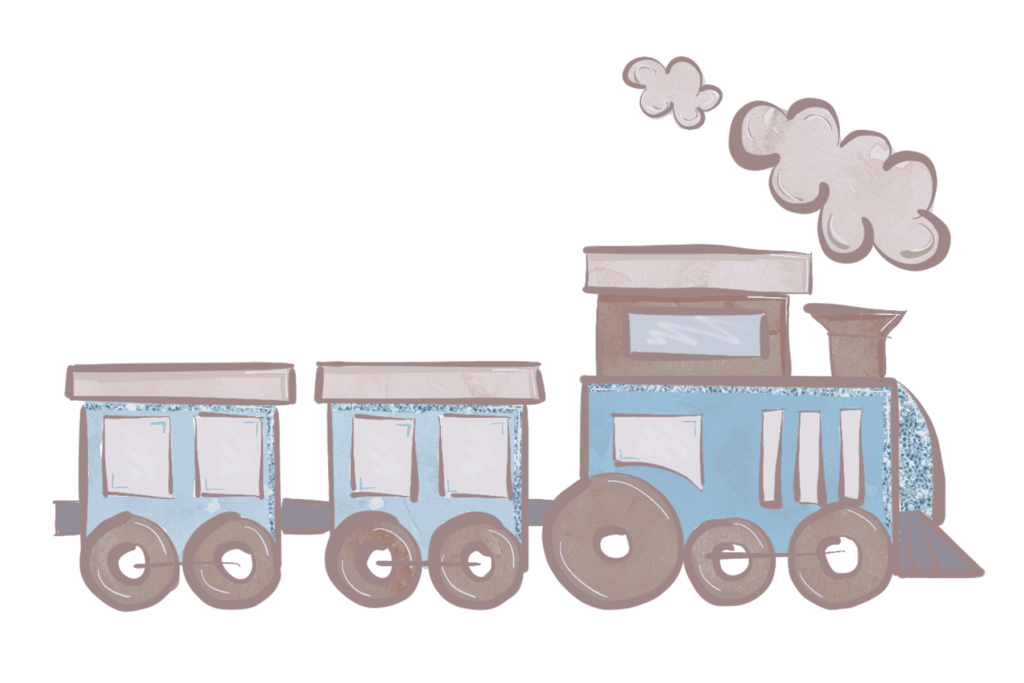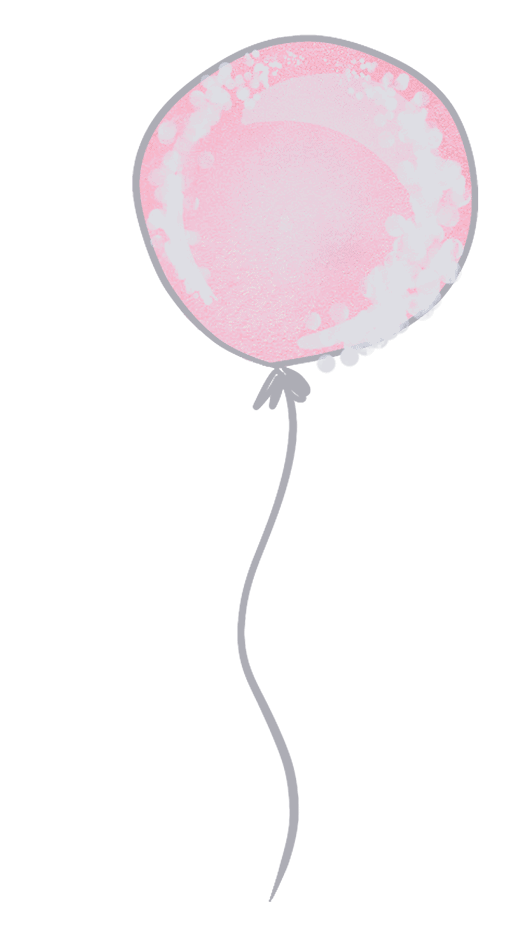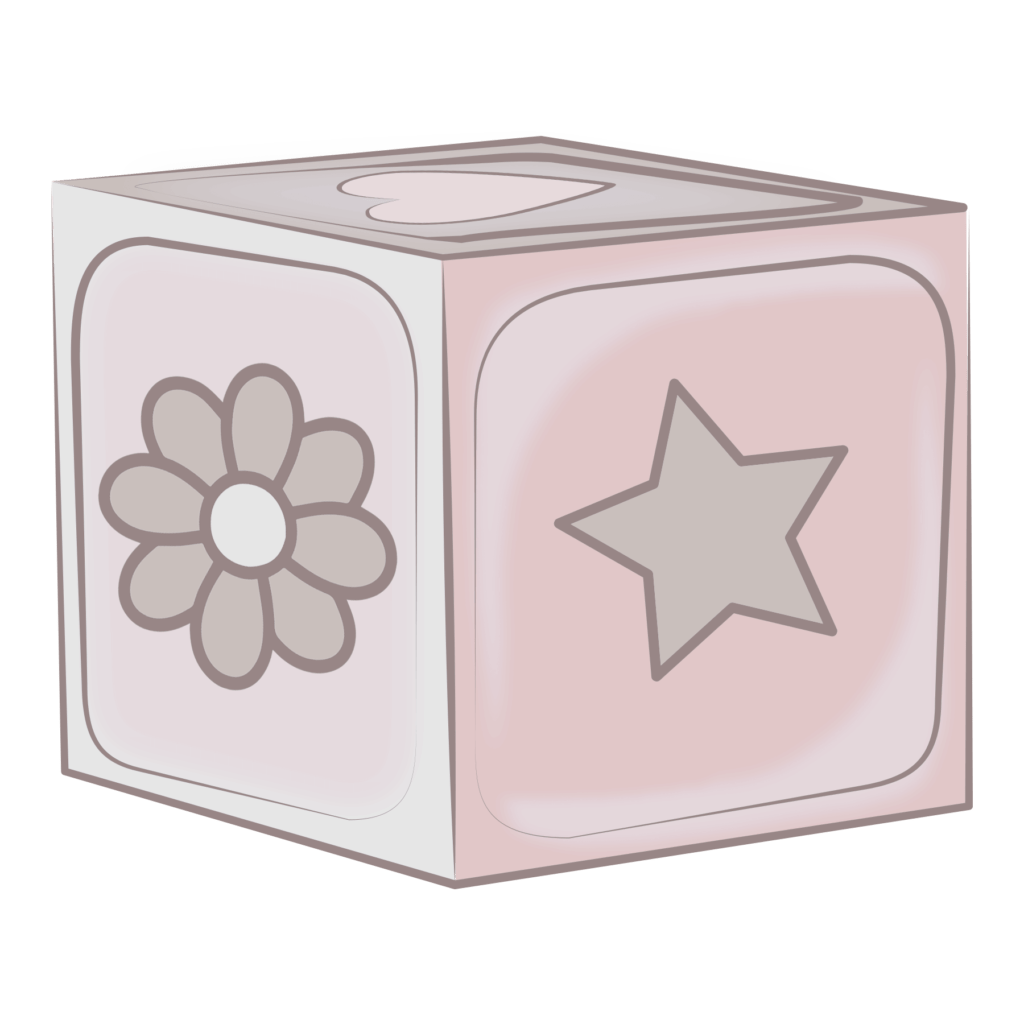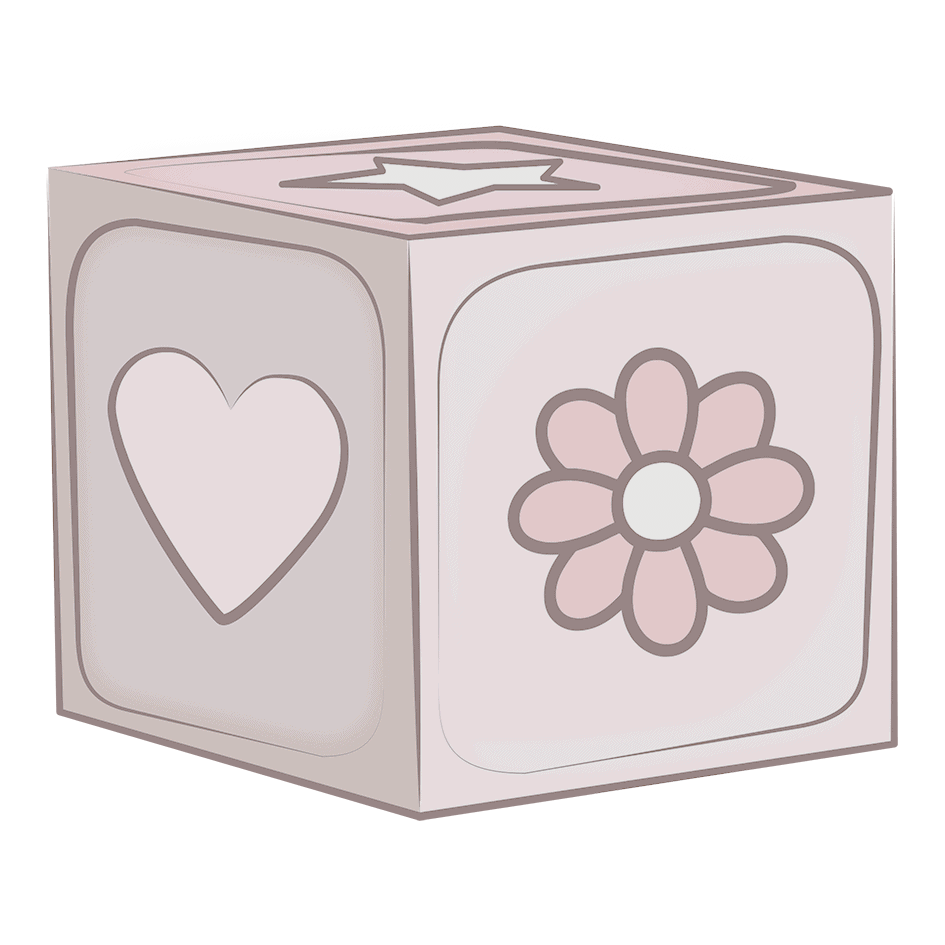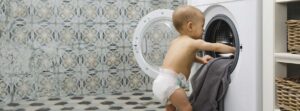
Are you a parent who wants to make a positive impact on the environment? Look no further than cloth diapers. In this article, we will make a strong case for why eco-friendly parenting should include the use of cloth diapers.
Disposable diapers are a major contributor to landfill waste, taking hundreds of years to decompose. On the other hand, cloth diapers are reusable, reducing waste and the environmental footprint of each diaper change. Additionally, they are free from harmful chemicals often found in disposable diapers, keeping your baby safe from potential allergens and irritants.
But it’s not just the environment and your baby’s health that benefit. Cloth diapers can also save you money in the long run. Although the initial cost may be higher, reusable cloth diapers can be used for multiple children and easily resold or donated when no longer needed.
Join the growing movement of eco-conscious parents who are embracing cloth diapers. In this article, we will delve deeper into the benefits of cloth diapers and provide you with valuable tips on how to make the switch to an eco-friendly parenting choice.
When it comes to reducing your ecological footprint, cloth diapers are a game-changer. Disposable diapers make up a significant portion of landfill waste, taking centuries to break down. This staggering environmental impact can be mitigated by choosing cloth diapers. By opting for reusable cloth diapers, you can significantly reduce your contribution to landfill waste.
Furthermore, the production of disposable diapers requires large amounts of water, energy, and raw materials, further depleting our already strained resources. Cloth diapers, on the other hand, can be washed and reused, minimizing the need for constant manufacturing and reducing the strain on our natural resources. By choosing cloth diapers, you are actively participating in the conservation of our environment.
The benefits of cloth diapers extend beyond waste reduction. Disposable diapers often contain harmful chemicals, such as chlorine, phthalates, and dioxins, which can be harmful to both your baby’s health and the environment. By using cloth diapers, you can rest assured that your baby is not being exposed to these potentially harmful substances.
In summary, cloth diapers are an excellent choice for environmentally conscious parents. By reducing landfill waste, conserving resources, and eliminating exposure to harmful chemicals, cloth diapers play a crucial role in creating a sustainable future for our children.
While the initial cost of cloth diapers may seem higher than that of disposable diapers, the long-term financial benefits are significant. With cloth diapers, you make an initial investment that pays off over time.
Disposable diapers are an ongoing expense that adds up quickly. On average, a baby will go through around 6,000 diapers before potty training, costing thousands of dollars. In contrast, cloth diapers can be reused, making them a cost-effective option for budget-conscious parents.
Another financial advantage of cloth diapers is their resale value. Once your child has outgrown them, you can sell them to other parents or donate them to charitable organizations. This not only recoups some of your initial investment but also helps other families who are considering switching to cloth diapers.
Furthermore, cloth diapers can be used for multiple children. With proper care and maintenance, they can last for years, saving you even more money in the long run. By choosing cloth diapers, you are making a wise financial decision that benefits both your family’s budget and the environment.
When it comes to your baby’s health, cloth diapers offer several advantages over disposable diapers. Disposable diapers often contain chemicals, fragrances, and additives that can cause skin irritation, diaper rash, and allergic reactions. By using cloth diapers, you eliminate the risk of exposing your baby’s delicate skin to these potential irritants.
Cloth diapers are typically made from natural fibers, such as cotton or bamboo, which are breathable and gentle on your baby’s skin. These natural materials allow for better airflow, reducing the likelihood of diaper rash and promoting healthier skin.
Additionally, cloth diapers do not contain superabsorbent polymers (SAPs) often found in disposable diapers. SAPs are chemicals that increase the absorbency of disposable diapers but can also cause skin irritation and disrupt the natural balance of moisture on your baby’s skin. By choosing cloth diapers, you provide a more comfortable and healthy diapering experience for your baby.
In summary, cloth diapers offer numerous health benefits for your baby. By eliminating exposure to harmful chemicals and providing better airflow, cloth diapers contribute to healthier skin and a more comfortable diapering experience.
When it comes to cloth diapers, there are various types to choose from, each with its own unique features and benefits. Understanding the different types can help you make an informed decision based on your baby’s needs and your personal preferences.
Each type of cloth diaper has its own advantages and considerations. It’s important to evaluate your lifestyle, budget, and preferences when choosing the right cloth diaper for your baby.
Choosing the right cloth diaper for your baby can seem overwhelming with the wide variety of options available. However, considering a few key factors can help simplify the decision-making process.
By considering these factors, you can narrow down your options and find the perfect cloth diaper for your baby’s needs.
Using cloth diapers may seem intimidating at first, but with a few simple steps, you can become a pro in no time.
By following these simple steps, you can effectively use and care for your cloth diapers, ensuring they stay clean, fresh, and ready for your baby’s next diaper change.
While cloth diapers offer numerous benefits, they can come with a few challenges. However, with the right strategies and mindset, these challenges can be easily overcome.
With a positive mindset and a willingness to adapt, you can overcome any challenges that may arise when using cloth diapers.
Making the switch to cloth diapers may require some adjustment, but with these tips, you can ensure a smooth and successful transition.
By implementing these tips, you can successfully transition to cloth diapers and embrace an eco-friendly parenting choice that benefits both your baby and the environment.
In conclusion, cloth diapers offer numerous benefits for eco-conscious parents. By choosing cloth diapers, you can significantly reduce your environmental impact, save money in the long run, and provide a healthier diapering experience for your baby.
The environmental benefits of cloth diapers include waste reduction, conservation of resources, and the elimination of harmful chemicals. Financially, cloth diapers are a cost-effective choice that can be used for multiple children and easily resold or donated. In terms of health, cloth diapers are free from chemicals and provide better airflow, promoting healthier skin for your baby.
With various types of cloth diapers available, finding the right one for your baby’s needs is easier than ever. By considering factors such as absorbency, fit, ease of use, and maintenance, you can make an informed decision.
Using and caring for cloth diapers is a straightforward process that can be easily incorporated into your daily routine. Overcoming challenges such as leakage, odor, stains, and traveling can be achieved with the right strategies and mindset.
By following these tips and embracing cloth diapers, you are not only making a positive impact on the environment but also setting an example for future generations. Join the movement of eco-friendly parenting and choose cloth diapers for a sustainable and healthier future.




Stay informed of any upcoming sales and promotions

Brisbane, Qld 4511
